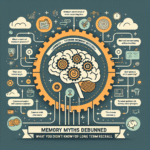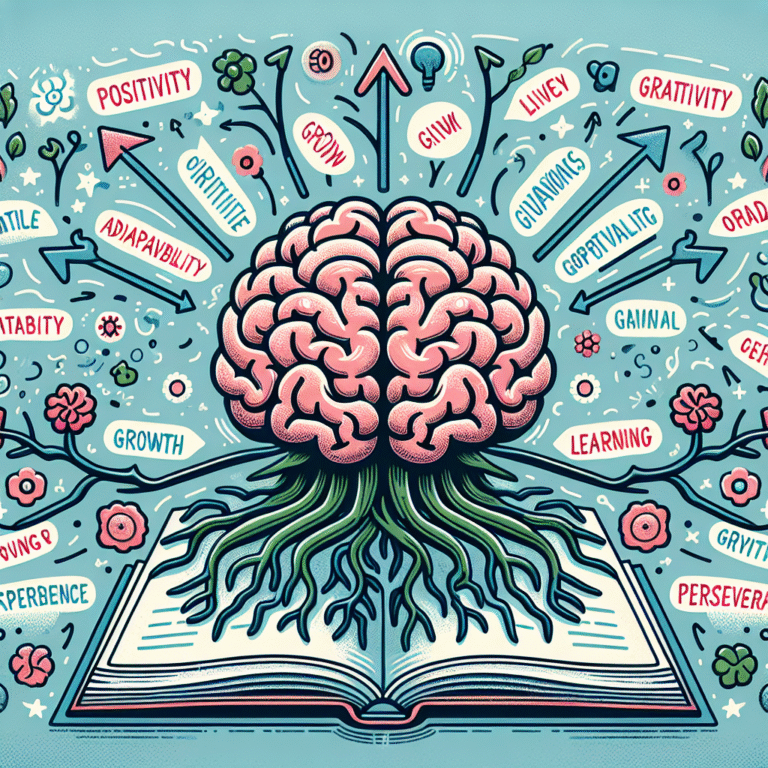
Introduction
Stepping into a classroom for the first time is both exhilarating and daunting. As a new teacher, one of the most crucial skills you need to develop is effective classroom management. Imagine walking into a room where students are engaged, respectful, and excited to learn. It sounds ideal, right? Mastering classroom management is not just about maintaining order; it’s about creating an environment conducive to learning. In this comprehensive guide, "Mastering Classroom Management: Tips for New Teachers," we will explore proven strategies and insights that will empower you to facilitate an enriching educational experience.
The Foundation of Effective Classroom Management
Understanding Classroom Dynamics
Every classroom is unique, resembling a microcosm of diverse personalities, backgrounds, and learning styles. Understanding these dynamics is your first step toward mastering classroom management.
Case Study: Ms. Thompson’s Fifth-Grade Class
Ms. Thompson, a new teacher, faced challenges with engagement in her fifth-grade classroom. By observing student interactions, she realized that certain topics sparked more interest than others. She began incorporating relevant themes from popular culture, which led to increased participation.
Key Takeaway:
Understanding your students enables you to tailor your approach, making learning relevant and engaging.
Setting Clear Expectations
Setting clear expectations from day one establishes the groundwork for a well-managed classroom. Clearly defined rules help students know what is acceptable behavior.
Strategies for Setting Expectations:
- Collaborative Rule-Making: Involve students in creating classroom rules.
- Visual Reminders: Use charts or posters to display expectations prominently.
Table 1: Sample Classroom Rules
| Rule | Rationale |
|---|---|
| Respect others | Fosters a supportive learning environment |
| Raise your hand | Encourages orderly participation |
| Be on time | Promotes responsibility and organization |
Creating an Engaging Learning Environment
Designing the Classroom Space
The physical layout of your classroom can significantly influence student behavior. An organized and inviting space can enhance focus and interaction.
Considerations for Classroom Design:
- Flexible Seating: Providing various seating options fosters collaboration.
- Interactive Areas: Designate spaces for group work or individual reading.
Case Study: Mr. Lee’s Flexible Classroom
After rearranging his classroom to include flexible seating, Mr. Lee noticed a marked improvement in student collaboration and engagement. They thrived in an environment where they could choose their seating arrangements.
Key Takeaway:
An intentional classroom design supports positive behavior and fosters a collaborative atmosphere.
Engaging Students
Active engagement is key to preventing disruptions and classroom management issues. Incorporate a variety of teaching methods to cater to different learning styles.
Methods to Boost Engagement:
- Interactive Lessons: Utilize technology and hands-on activities.
- Group Projects: Foster teamwork through collaborative assignments.
Chart 1: Engagement Strategies
| Strategy | Description | Benefits |
|---|---|---|
| Gamification | Incorporate game elements into lessons | Increases motivation and participation |
| Storytelling | Use narratives to teach concepts | Enhances retention and interest |
Communication and Relationship Building
Building Rapport
Developing meaningful relationships with your students is fundamental to mastering classroom management. When students feel valued and understood, they’re more likely to engage and respect the classroom environment.
Tips for Building Rapport:
- Find Common Interests: Engage in conversations about hobbies and interests.
- Show Empathy: Be supportive of students’ challenges and celebrate their successes.
Case Study: Mrs. Ramirez’s Homeroom
Mrs. Ramirez took time to learn about her students’ interests. By connecting lessons with their favorite activities, she fostered a community of learners eager to participate.
Key Takeaway:
Investing time in relationship building promotes a positive classroom culture.
Effective Communication Strategies
Open lines of communication are essential for effective classroom management. This includes both verbal and non-verbal communication.
Strategies for Effective Communication:
- Active Listening: Acknowledge student contributions and concerns.
- Non-Verbal Cues: Use body language to convey openness and approachability.
Managing Behavior and Conflict
Proactive Behavior Management
Preventative strategies are far more effective than reactive measures in maintaining order. Here are some proactive approaches to behavior management:
Techniques for Proactive Management:
- Routine Establishment: Create daily routines that students can rely on.
- Positive Reinforcement: Recognize and reward appropriate behavior.
Case Study: Mr. Jenkins’ Reward System
Mr. Jenkins implemented a reward system where students earned points for positive behavior. This approach led to a significant decrease in disruptions and promoted a positive classroom atmosphere.
Key Takeaway:
Proactive management reduces the likelihood of disruptions and enhances the learning experience.
Conflict Resolution Strategies
Conflicts can arise in any classroom. It’s essential to have strategies in place for resolving issues constructively.
Conflict Resolution Techniques:
- Mediation: Allow students to express their feelings and work toward resolution.
- Restorative Practices: Focus on repairing harm and restoring relationships.
Evaluation and Reflection
Continuous Improvement
Mastering classroom management is not a one-time event; it’s a continuous journey. Regularly evaluate your strategies and seek feedback from peers and students.
Reflection Questions:
- What strategies worked well in my classroom?
- Where did I notice recurring challenges, and how can I address them?
Table 2: Reflection Template
| Date | Strategy Implemented | Outcomes Observed | Adjustments Needed |
|---|---|---|---|
| [Insert Date] | [Insert Strategy] | [Describe Outcomes] | [Outline Adjustments] |
Conclusion
As you embark on your teaching journey, remember that mastering classroom management is about creating an environment where students feel safe, respected, and eager to learn. By employing strategies outlined in this guide, "Mastering Classroom Management: Tips for New Teachers," you will not only foster a positive atmosphere but also encourage a love for learning that lasts a lifetime. Embrace the challenges, celebrate the victories, and always be open to growth as an educator.
FAQs
1. What is the most important aspect of classroom management?
The most critical aspect is setting clear expectations that guide student behavior and learning.
2. How can I engage students who seem disinterested?
Incorporate interactive lessons and group activities to foster engagement and relate lessons to their interests.
3. What should I do if a student disrupts the class?
Address the behavior promptly and privately, focusing on restoring respect and ensuring continuity of learning.
4. How can I handle conflicts between students?
Utilize mediation techniques and encourage students to resolve issues while promoting empathy and understanding.
5. What resources can help me improve my classroom management skills?
Consider professional development workshops, books on classroom management, and collaboration with experienced teachers.
By embracing these strategies and continuously refining your approach, you will move toward mastering classroom management, creating an inclusive and dynamic learning environment for all students.

















